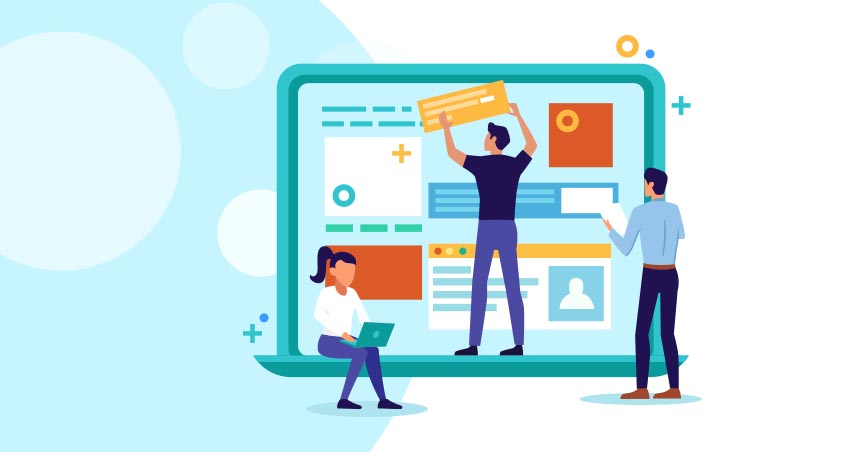How to Become a UX/UI Designer

How to Become a UX/UI Designer

A UX/UI designer is a creative professional with strong analytical skills that helps companies create, develop, and maintain digital products.
They have profound knowledge not only of design but also of user physiology and understand their needs. Attracting a UX/UI design to the project, companies invest in their future sales growth. That is why qualified UX/UI designers are in such demand right now.
Starting a UX/UI designer career step by step
It is easy to get lost when starting a career in an experience design firm. However, if you follow these steps, you will arrive at your career destination as soon as possible.
Make a plan
Planning allows you to estimate the level of your success. Imagine you drop your regular job to become a designer. What if you won’t find a job immediately? What if you realize that this is not what you would like to do regularly?
It would help if you gave yourself time and money limits. For example, give yourself six months to learn and try to find the first order. If you are successful – great, then keep going! But if you keep getting negative answers after job interviews, sit down and evaluate what is wrong.
The same goes for money; you probably have some savings, but you cannot live on them forever. So promise yourself to finance your attempts to become a design but only for 3-4 months and not ask your parents or partner for help. This will motivate you to act and will also save you from procrastination.
Choose direction
In UX/UI design, there are different fields where you can specialize:
- UI, or Interface Design. Some specialists are involved in both scenario design and visual design.
- Product design. The designer is responsible for the entire product design and the feelings that the product evokes. In product design, tasks are formulated differently.
- UX design. Some companies are looking for narrow specialists — UX-designers design interfaces without regard to customer experience and brand broadcasting.
- Communication design. Products often require designers who will deal with the brand, illustrations, presentations, promotions, and graphics. Communication designers understand how customers will perceive them.
- Research. If companies have a well-developed design process, they often resort to researchers who prepare usability tests, conduct workshops, identify the necessary features, and discover the needs of users.
Collect a portfolio
There are three ways to evaluate a designer’s professionalism when they apply for a job: portfolio, job interview, and a test assignment. The talk shows whether the candidate knows the area and has work experience.
But the designer’s level is most quickly demonstrated by the portfolio: several relevant projects packaged in the form of “presentations” or cases. The most convenient portfolio is an account on Behance or a personal website. Such a portfolio is easy to send and view – just open the link; no need to keep the portfolio in the archive, on dropbox, or a flash drive. It is inconvenient to work with such resources, and you will most likely be rejected before the employer even sees your work.
The project page’s main task is the same as presenting the interface to someone: to prove that you coped with the job. Here’s what you need to show on the project page:
- The name of the product, site, or application,
- What the task was,
- Your role,
- Screens of the interface,
- Small explanatory story of what was done and why,
- Link to the result (website, application, or other product).
And where to get the first projects? You can come up with tasks yourself: redraw some websites, redesign a fast-moving application, or create a new product. It is challenging but exciting.
Another way is to find a job and agree to complete a test task. The task should be more or less realistic, and in any case, the company will give some feedback that will tell you about your growth points.
Get an internship
If you are an absolute beginner, get an internship, or find a junior interface designer position. Usually, beginners are expected to understand the design process, be skilled with graphical editors, know standard tools (Sketch, Zeplin, etc.), and desire to grow. Senior designers are assigned to the interns to give out tasks and review the layouts. You can ask them questions and have your back covered if you fail.
Companies treat interns as future professionals. First, they invest resources in you, and you grow up in the context of the company. You dive into specific problems the company solves, and in return, get experience and projects for the portfolio. Internships can be found on job search sites or social media.
Final thoughts
UX/UI designers are in high demand right now. If you invest in self-development and work on your skills, you will build an inspiring career in the digital fields. Apply the tips from this post to help you reach the top.
